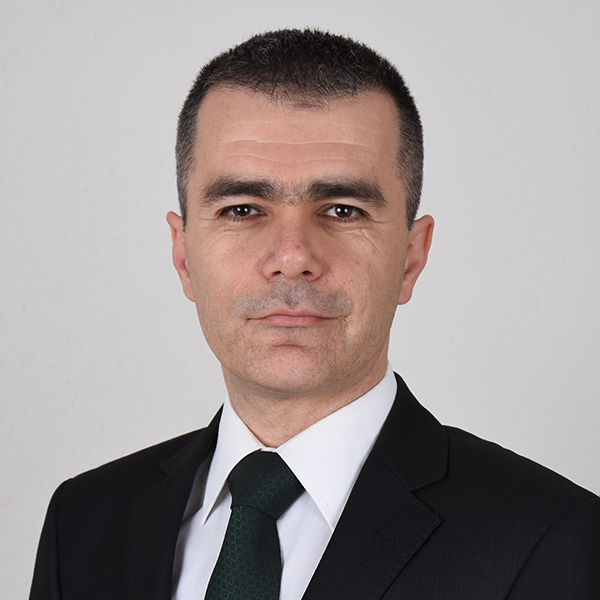Modelling Energy Optimization at Local Scale Including Direct-Air-Capture
Abstract
Following the devastation of the World Wars, nations quickly began implementing industrialization and economic expansion policies. An unprecedented level of environmental degradation has resulted from these measures. The environmental factor, which was underlined for the first time with the Stockholm Conference convened within the United Nations in 1972, was reinforced with structures such as the United Nations Framework Convention and the Paris Agreement in the following period. Since the 1973 oil shock, environmental consciousness has bolstered the need to find a fossil fuel substitute, and the idea of renewable energy has begun to emerge in practical applications. As their unit costs decrease globally, wind and solar power plants are becoming the most essential sources of energy needed to maintain a sustainable environment, accounting for a sizable portion of the global energy supply. This study models the sustainable energy output of Manisa, a significant province in the TR33 region of Turkey, for the 2031 timespan. Technically and environmentally sustainable energy production is considered within the given constraints and modeling the use of direct air capture in compliance with CO2 upper limits is shown within the scope of the alternative scenario. By comparing BAU and alternative scenarios economically and environmentally, the outlook for sustainable Manisa energy production for 2031 is presented.
Biography
Utku Köker –was born in 1978 in Sinop, Turkey. He completed his undergraduate education in 2000 and his master’s degree in 2003 at 9 Eylül University, Department of Industrial Engineering.He graduated from Anadolu University International Relations undergraduate program in 2015 and from Süleyman Demirel University, Institute of Natural and Applied Sciences, Department of Industrial Engineering doctorate program in 2022.
Since 2010, he has been working as an industrial engineer at Uşak Provincial Disaster and Emergency Directorate and continues to work on energy optimization and modeling with OSEMOSYS, TEMOA and Answer-TIMES programs.
